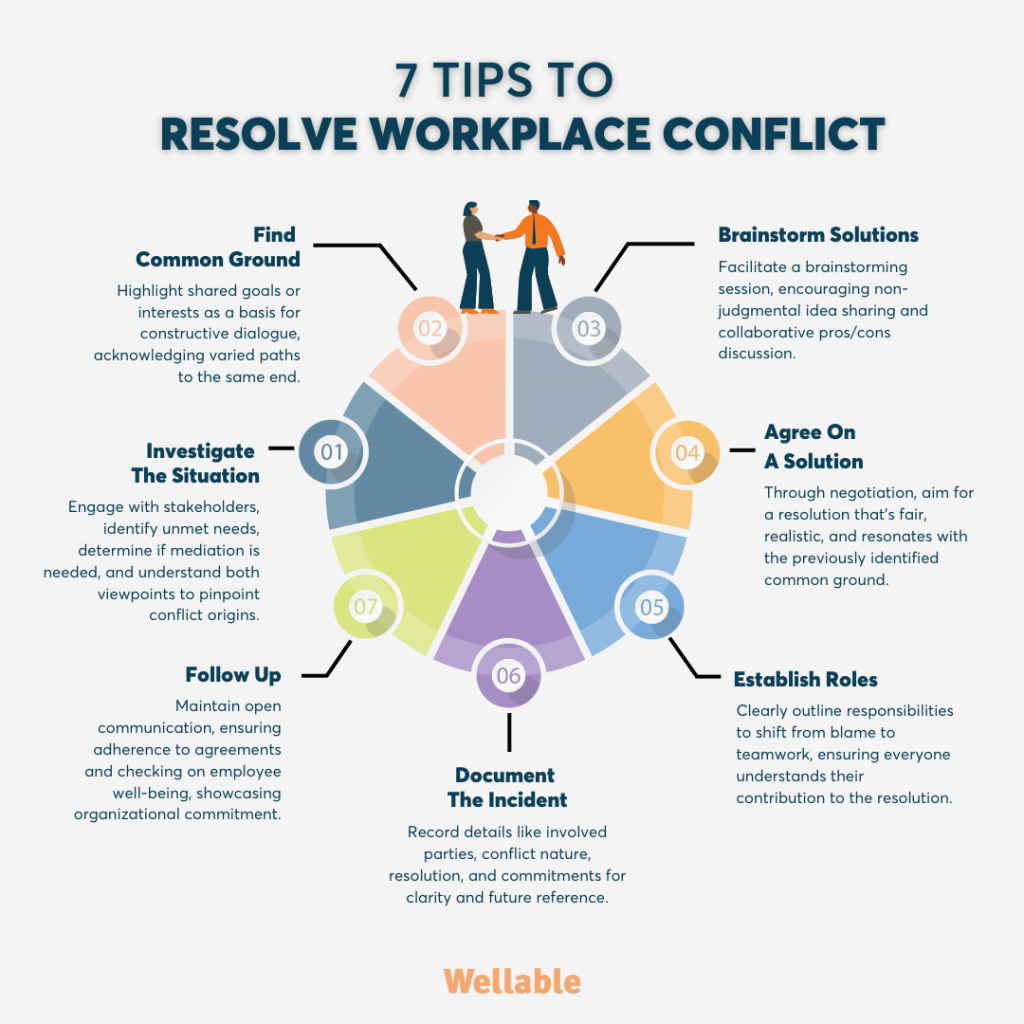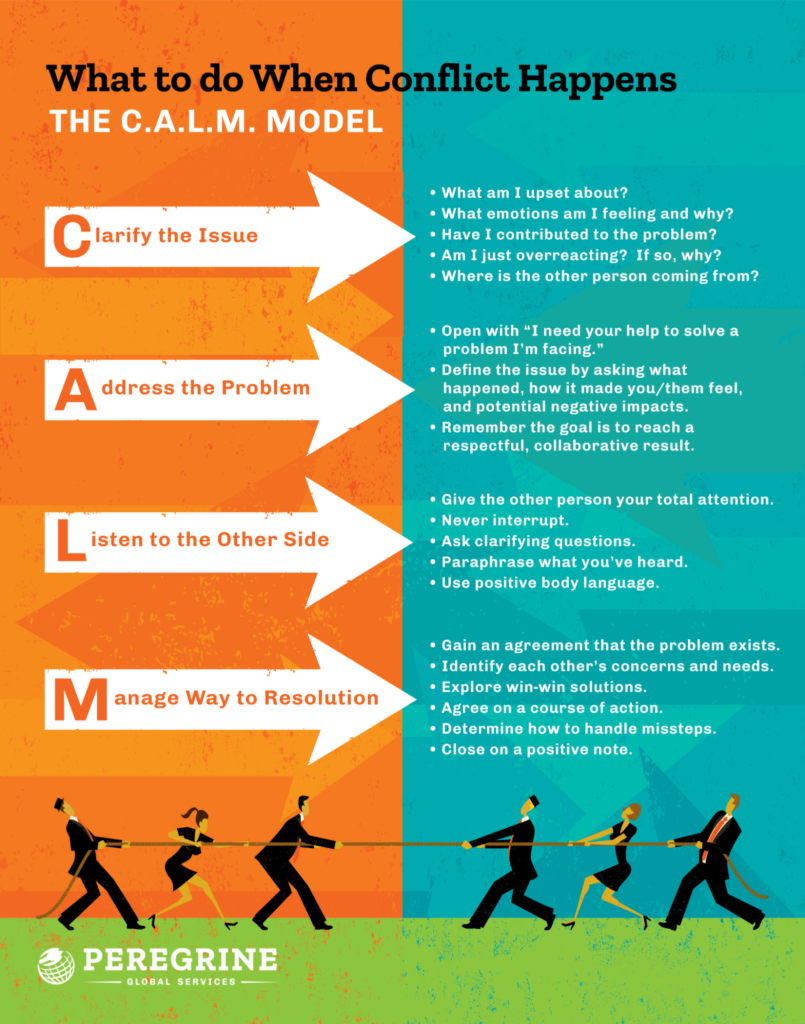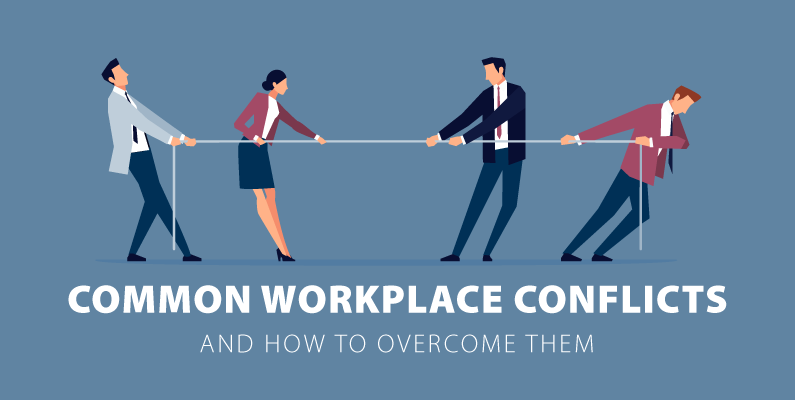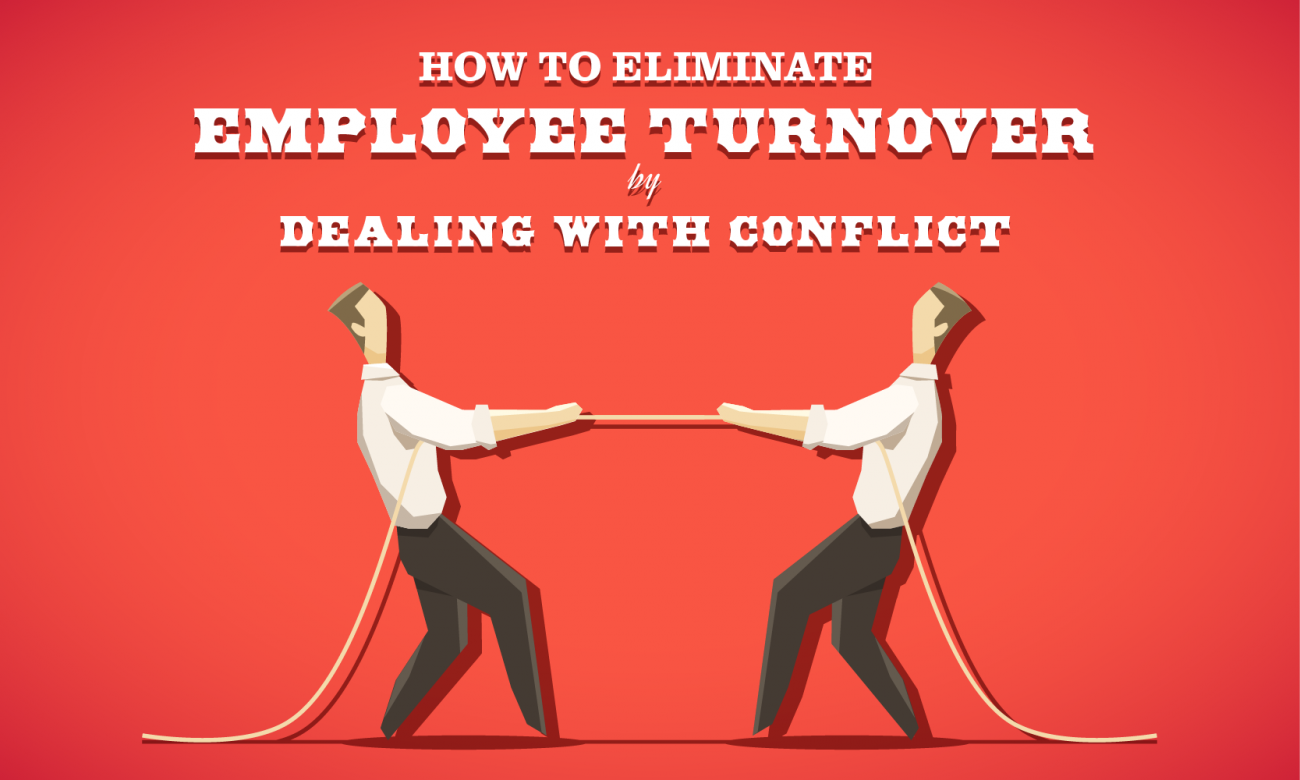How To Handle Conflict Between Two Employees

Tensions are flaring in workplaces nationwide. Unresolved employee conflicts are impacting productivity and morale.
This guide provides immediate, actionable strategies to address and resolve disputes between employees. The goal is to restore harmony and prevent escalation into more serious issues.
Immediate Actions
First, prompt intervention is crucial. Don't let disagreements fester. Schedule private meetings with each employee separately.
Then, actively listen to each individual’s perspective. Understand their point of view without interruption. Focus on gathering factual information.
Next, document all details. Record dates, times, and specific instances of conflict. This provides a clear record for future reference.
Initial Assessment
Determine the nature of the conflict. Is it a personality clash, a misunderstanding, or a performance issue? This distinction helps in choosing the appropriate resolution method.
Evaluate the severity. Is the conflict affecting other team members? Is it creating a hostile work environment?
Identify any potential company policy violations. This could involve harassment, discrimination, or code of conduct breaches.
Conflict Resolution Strategies
Mediation is often an effective first step. Facilitate a discussion between the employees. Guide them towards a mutually acceptable solution.
Focus on common goals. Remind employees of their shared objectives. Emphasize the importance of teamwork and collaboration.
Set clear expectations for future behavior. Define acceptable conduct and consequences for violations. Ensure everyone understands the rules.
Addressing Performance Issues
If performance is the root cause, provide specific feedback. Offer coaching and support to improve skills and address weaknesses.
Implement a performance improvement plan (PIP). This outlines clear goals, timelines, and consequences. Ensure it's documented and agreed upon by the employee.
Consider a temporary role change. This can provide space for emotions to cool down. It can allow employees to work independently.
Preventative Measures
Implement a comprehensive conflict resolution policy. Make sure all employees are aware of it. Provide training on conflict management skills.
Promote open communication. Encourage employees to address concerns early. Create a safe space for dialogue and feedback.
Foster a positive work environment. Recognize and reward teamwork. Celebrate successes and build a culture of respect and understanding.
Legal Considerations
Be aware of relevant employment laws. This is especially important concerning harassment and discrimination. Consult with HR or legal counsel if needed.
Ensure all actions are fair and consistent. Avoid favoritism or bias. Treat all employees with respect and impartiality.
Document everything thoroughly. This is vital for legal protection. Keep records of all communications, investigations, and resolutions.
According to a 2023 SHRM study, unresolved workplace conflict costs U.S. companies approximately $359 billion annually in lost productivity and employee turnover. Addressing these issues promptly is critical for organizational success.
Next Steps
Follow up with employees regularly. Monitor the situation and provide ongoing support. Adjust strategies as needed.
Evaluate the effectiveness of the resolution. Determine if the conflict has been truly resolved. Are there any remaining issues?
Seek professional help if necessary. This might involve HR specialists, mediators, or therapists. Don’t hesitate to bring in external resources.

















